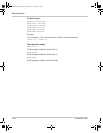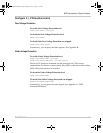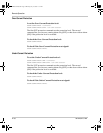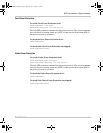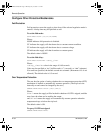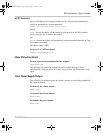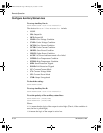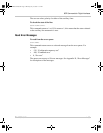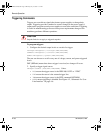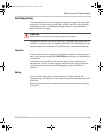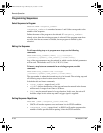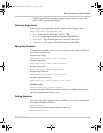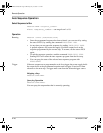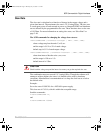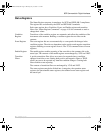
Remote Operation
4–36 TM-XDOP-01XN
Triggering Commands
Triggers are event-driven signals that instruct power supplies to change their
output. Triggering provides a method to control changes in the power supply’s
output and to program several power supplies to react at the same time. Triggering
is useful in manufacturing processes where power requirements change as the
machinery performs different operations.
To program triggers:
1. Configure the desired output levels as a result of a trigger.
VOLTage:TRIGgered {<voltage>|MAX|MIN|DEF}
CURRent:TRIGgered {<current>|MAX|MIN|DEF}
POWer:TRIGgered {<power>|MAX|MIN|DEF}
The user can choose to set all or any one of voltage, current, and power triggered
levels.
DEF (DEFault) means that when a trigger is received, no change will occur.
2. Specify a trigger signal source.
TRIGger:SOURce {BUS|EXT|IMM|NONE} Where:
• BUS means the trigger source is the IEEE 488.1 GET or “*TRG”
• EXT means the source is the external trigger line
• IMM means the trigger source is the SCPI command INIT:IMM
• NONE means triggering is disabled. See Figure 4-2, “Schematic For User
Line Interface” on page 4–6.
CAUTION
Setpoint limits do not apply to triggered setpoints.
TM-XDOP-01XN.book Page 36 Monday, July 17, 2006 11:19 AM



